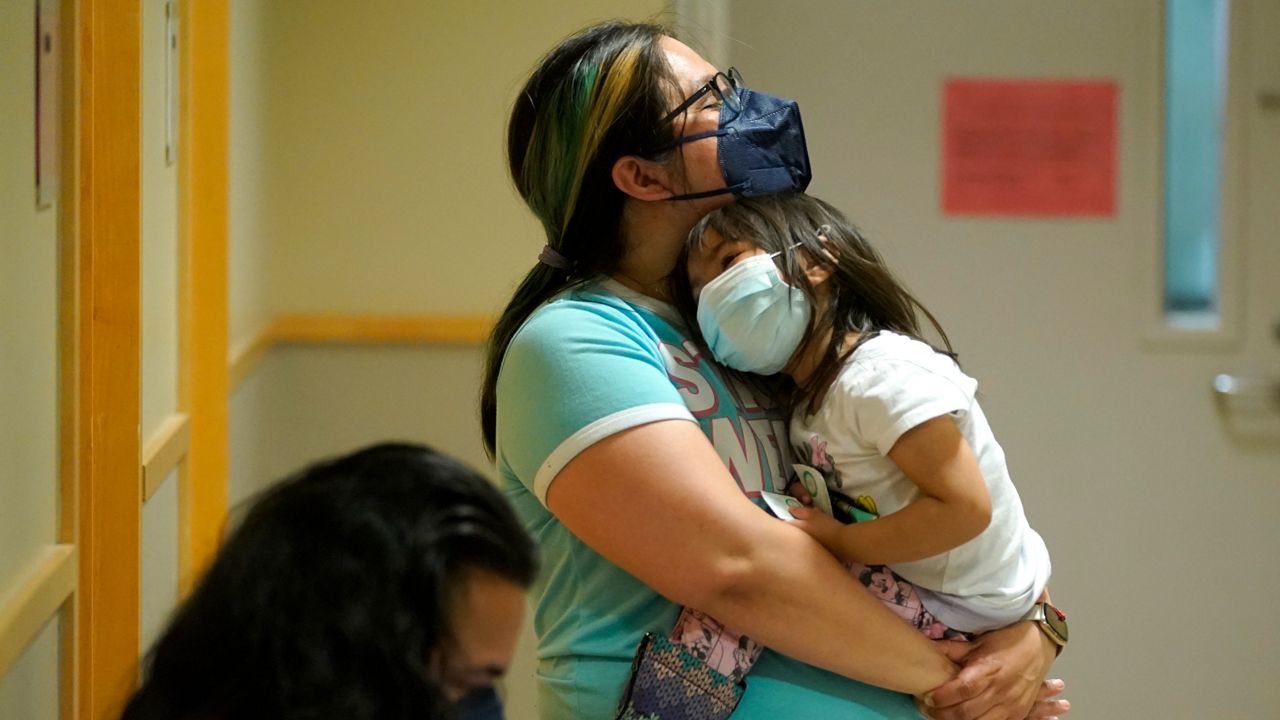WISCONSIN — A new COVID-19 variant is beginning to pop up in the United States, and it’s already made its way to Wisconsin.
While the subvariant, XBB.1.5 is still being studied, health leaders are already understanding certain aspects of it.
Here’s what we know about XBB.1.5 so far:
What is XBB.1.5?
The XBB.1.5 variant is a subvariant of the omicron variant.
Omicron, according to the Centers for Disease Control and Prevention, spreads more easily than other coronavirus variants. Anyone, regardless of symptoms and vaccination status, who is infected with the omicron variant can spread it to others, according to the CDC. The CDC also said omicron can reinfect people who have recovered from COVID-19. The CDC lists omicron as a “variant of concern” in the United States.
XBB.1.5 is the “most transmissible subvariant [of omicron] that has been detected yet,” according to Maria Van Kerkhove, the World Health Organization’s senior epidemiologist. Because of the mutations that XBB.1.5 has, it is able to “replicate easily,” she explained.
“Our concern is how transmissible it is,” Van Kerkhove said. “The more this virus circulates, the more opportunities it will have to change.”
Van Kerkhove also said XBB.1.5 is better at evading immunity than its subvariant peers. It is unknown if XBB.1.5 is more dangerous than other coronavirus strains.
Will there be a spike of COVID-19 infections caused by XBB.1.5?
Van Kerkhove said the WHO expects additional waves of COVID-19 infections around the world, particularly when it comes to XBB.1.5, as it has “a growth advantage above all of the other subvariants so far.”
However, she noted that does not necessitate an increase in deaths.
The WHO said it expects to publish its risk assessment of the subvariant in the next few days. It is also studying the severity of the variant.
Where is the variant in the United States?
XBB.1.5 has been detected across the country. The week of Dec. 25 to 31, it accounted for more than 40% of coronavirus cases in the U.S.
In the northeastern part of the U.S., the WHO estimated that XBB.1.5 accounted for more than 75% of coronavirus cases from Dec. 25 to 30. The Northeast has a history of seeing upticks in coronavirus and its variants before other regions of the country.
During that same time period, the WHO estimated that XBB.1.5 accounted for 6% of coronavirus cases throughout the Midwest.
How prevalent is XBB.1.5 in Wisconsin?
The Wisconsin State Laboratory of Hygiene tracks variants through sample testing. It reported XBB.1.5 was in the state as of the week of Sept. 26, 2022. An additional cases was detected during the weeks of Oct. 3, Oct. 24, Oct. 31, Nov. 21, Nov. 28, Dec. 5 and Dec. 12, respectively.
The Wisconsin State Laboratory of Hygiene noted that the variant could have been in Wisconsin even earlier, since testing the samples takes time. On average, it takes two to three weeks for data to become available after the sample has been collected.
Since the laboratory is only testing a small percentage of samples compared to total COVID-19 cases in the state, this also means there could be more XBB.1.5 cases in Wisconsin.
XBB.1.5 has been confirmed in Polk Co., Winnebago Co., Dane Co., Waukesha Co. and Milwaukee Co.
The primary variant in Wisconsin still appears to be BA.5, another omicron subvariant.
How can I protect myself from XBB.1.5?
Health officials are encouraging people to get the updated COVID-19 bivalent booster for optimal protection against all omicron subvariants.
Per the CDC, 15.1% of people over the age of 5 have gotten the updated booster in the U.S. In Wisconsin, that number is slightly higher at 18.3%, according to the Wisconsin Department of Health Services.
In addition to staying up to date on COVID-19 vaccines, the White House encouraged people to test for COVID-19 before large gatherings or seeing someone who has increased vulnerability. COVID-19 tests have been able to accurately detect XBB.1.5 as a positive COVID-19 case, according to eth White House.
The White House said, based on data available, oral treatments for COVID-19 — paxlovid and molnupiravir — should also help fight XBB.1.5.



